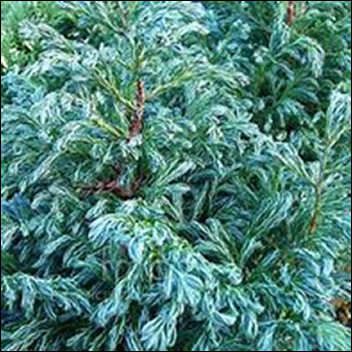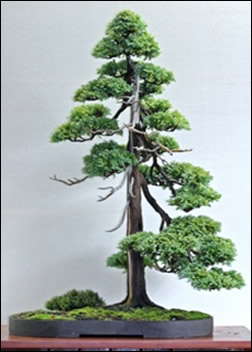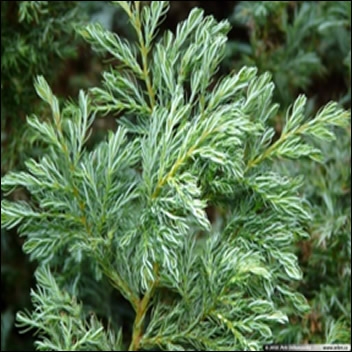Chamaecyparis, common names cypress or false cypress, is a genus of conifers in the cypress family Cupressaceae, native to eastern Asia (Japan and Taiwan) and to the western and eastern margins of the United States. The name is derived from the Greek ‘khamai’ meaning "on the earth".
They are medium-sized to large evergreen trees growing from 20 – 70m tall, with foliage in flat sprays. The leaves are of two types, needle-like juvenile leaves on young seedlings up to a year old, and scale-like adult leaves.
The varieties most frequently used as bonsai are;-
Chamaecyparis obtusa ‘nana gracilus’– Hinoki cypress
It is a slow-growing tree; the bark is dark red-brown. The leaves are scale-like, 2 – 4 mm long, round tipped pendant sprays, green above and green below.
It is a nice dwarf ornamental tree but rather difficult for bonsai as it does not bud from old wood. As a bonsai, this species needs constant foliage maintenance because if the trees are not pruned frequently, the lower and interior branches will not get sufficient sunlight and die. The foliage likes humidity and can suffer when exposed to hot dry wind. Protect from hard frost and icy winds.
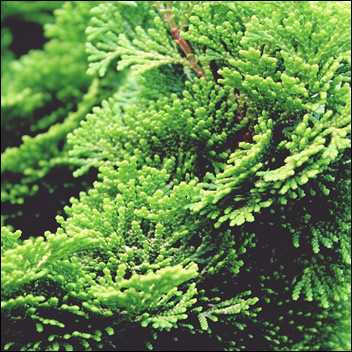
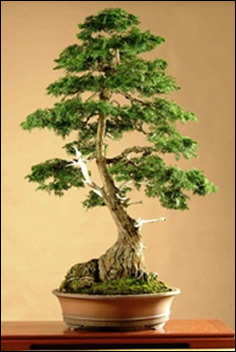
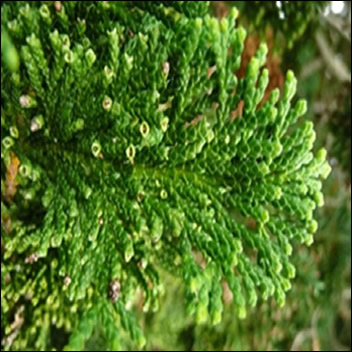
When used as bonsai, careful techniques are required when pruning and trimming; cut out or pinch entire fans of foliage - never cut across individual scale like leaves; the damage done will only lead to browning and die back. Take out small sections 2 or 3 times during the growing but do not expect much response until the next growing season as they are very slow growing. They ultimately become very tall trees but taking hundreds of years to do so.
They respond well to humidity rather than heavy watering; it improves the colour and density of the foliage Too much water in the soil produces root rot and eventually death.
Chamaecyparis pisifera: – Sawara cypress, variety Boulevarde
It is a slow-growing coniferous tree. The bark is red-brown, vertically fissured and with a stringy texture. The foliage is arranged in flat sprays; adult leaves are scale-like, 1.5 – 2 mm long, with pointed tips, a soft bluish green in colour; a very popular ornamental tree.
If growing as bonsai, the same rules apply as for ‘obtusa’; however it does need more frequent trimming as the growing patterns are slightly different. The foliage is more pointed and grows in spurts; if not trimmed regularly it will become coarse and elongated losing its shape quite quickly.
